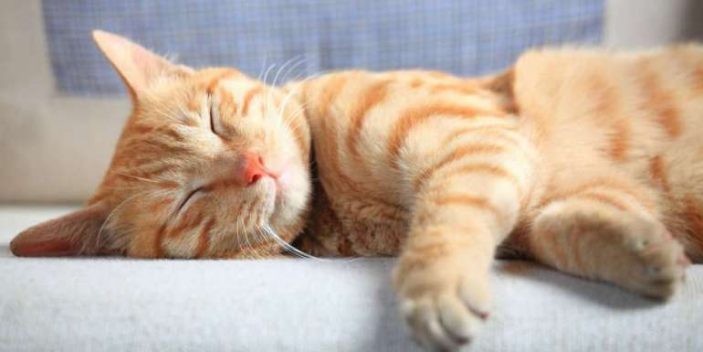According to Vetstream, hyperphosphatemia refers to an elevated level of serum or blood plasma inorganic phosphate (Pi) to values above 1.9 mmol/l (6mg/dL). In adults cats, the normal concentration should be below 5.5 mg/dL.
Note that the concentration of inorganic phosphate in blood plasma “depends on the dietary phosphorus intake, the degree of GI absorption across the duodenum and jejunum, translocation into intracellular sites, and how much is excreted into the urine,” states DMV360.
The kidney is involved in excretion and this role is influenced by parathyroid hormone (PTH) among other factors including Na-phosphate co-transporters.
Since phosphorus has many vital functions, a low level or hypophosphatemia will lead to some deficiency symptoms. However, an excessive amount in the blood is neither good as it will overload their kidney since these pets must keep calcium and phosphate homeostasis.
According to PetMd.com, cats with calcium deficiency, bone disease, young and older ones (geriatric feline) are more susceptible to hyperphosphatemia but any cat can be affected.
Finally, according to MSD Manual, “physiologically increased serum and plasma Pi concentrations are seen in young and growing animals due to enhanced intestinal phosphorus uptake and decreased renal phosphorus excretion, presumably to facilitate bone mineralization.”
What symptoms should you expect
There are no generalized symptoms of this electrolyte disorder as they will depend on the underlying cause. Only in acute cases, will you notice muscular tremors and spasms if hyperphosphatemia results into hypocalcemia (low calcium in cats).

Some of the rarely noted symptoms that may be associated with this condition include:
- Anorexia (lack of appetite)
- Nausea and vomiting
- Weakness
- Lethargy
- Muscle tremors, twitching and poor of co-ordination
- Weight loss
Bone weakness may also occur. As plasma phosphate goes high, some will bind with calcium reducing calcium level.
As calcium level decrease, the parathyroid glands will detect and release a parathyroid hormone which will work towards increasing calcium level. Amongst many strategies to do so, bone resorption may occur leading to soft bones that will be very fragile, a condition known as osteomalacia.
Why does the phosphate level become elevated?
The largest pool of phosphate is stored in bones and teeth in the form of calcium phosphate (hydroxyapatite). If resorbed from bones, and the kidney is not able to dump the excess amounts, the Pi level in the blood will rise.
Therefore, any bone resorption triggered by things such as bone cancer, osteoporosis or disorders any organ involved in its regulation such as kidney disease, thyroid gland disorders (hyperthyroidism) can be a cause of the spike in phosphate level.
Furthermore note that “phosphorus is retained in chronic kidney disease (CKD), promoting renal secondary hyperparathyroidism and eventually resulting in hyperphosphatemia” notes an article on Treatment Options for Hyperphosphatemia in Feline CKD: What’s Out there? posted in the Journal of Feline Medicine and Surgery.
An increase in plasma concentration, cell lysis, trauma, cellular release, and reduced intracellular intake can also be responsible for the elevated Pi levels.
Finally, over supplementation especially in cats that have kidney disease or excessive amounts of vitamin D, ingestion of rodenticides, ethylene glycol poisoning or antifreeze, and respiratory or metabolic acidosis can also be possible causes.
Diagnosis
The absence of symptoms means that Pi levels may be detected during routine tests including urinalysis, blood chemistry profile or complete blood count.
These tests will show high phosphate in blood serum and in most cases high calcium too. However, calcium can be low in the case of hypervitaminosis D that results in hypocalcemia.
During diagnosis, the history and age of your feline friend are often considered including eating behavior and diets given.
If your vet suspects hyperphosphatemia, he or she may conduct radiographs such as X-ray to check for any bone diseases and kidney size.
Finally, there may be an evaluation of how well thyroid glands work.
Treatment
This condition requires emergency treatment where your vet may consider correcting the electrolyte imbalance created followed by treating the underlying cause such as bone disease, hyperthyroidism, and kidney disease.
It should not be ignored since hyperphosphatemia has been linked to worsening chronic kidney disease or causing kidney damage to healthy cats.[1]
Additionally, your vet may consider phosphate binders and continuous reevaluation of serum levels of inorganic phosphate.
Prevention
Your vet may recommend low phosphorous diets while restricting those rich in this mineral.
